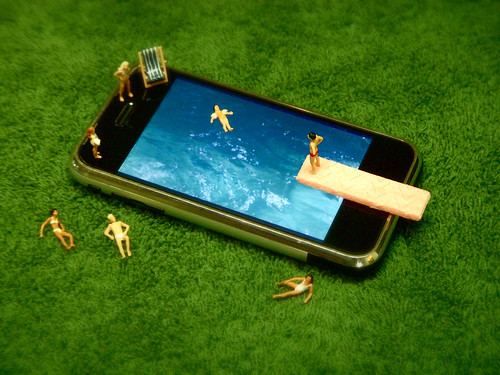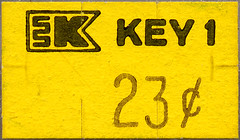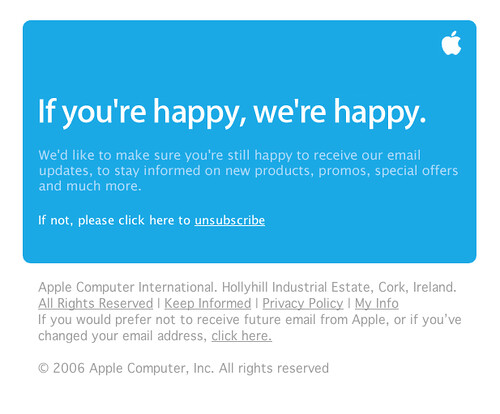A few months ago I wrote a post about Google’s lack of mass-marketing prowess.  Just the look and feel of most of their products has that “built by engineers, for engineers” vibe.  Android is a great example, even with the advances in Honeycomb.  Same with Gmail, Google Analytics, Google Docs, and on and on.  Now don’t get me wrong: I love Google products.  I’m an Android nut and I’ve totally given my digital life over to Google’s cloud services. I live in Chrome across multiple devices and I love it (for the most part).  But even the new Chromebooks, which I think are killer products (I love my Cr-48), are getting trashed by both mainstream and techie reviewers (I’ll skip the rant on their obvious Apple bias…).  I do have an engineering background, which maybe aligns my thought process and helps me “get it” with respect to their usability.  Sadly, however, nearly all of their products don’t pass the parent test:  Would my mother be able to use this?
And that’s all just related to using their products. Â The marketing for their products and brand has been virtually non-existent. Â While commercials and advertisements may be what you think of when I say “marketing,” I’m also talking about their product marketing: Â colors, logos, designs, instructions, user guides, help pages, usability, screen flow and layout, etc.
But things seem to be taking a turn for the better. Â The Cr-48 came in a neat package, with a clever design, but it still wasn’t mainstream. Â Now, a few months later, Google seems to be jumping on the consumer marketing bandwagon. Maybe it’s the frequent slamming of the usability of their products, or maybe it’s their attempt at competing directly against Apple. Â Whatever the reasons, I’m glad that they’ve finally hired some humans, at least in their marketing department.
Google’s new Music Beta product is a great example. (Although they need to stop beating the “beta” label, which I’d bet that 80% or more of consumers outside of the Bay Area have no clue as to what that means.) Â Here’s the icon for Google’s old Android music app: Â a simple, bland speaker. I know that it’s a speaker. Â Most people would get that it’s a speaker. Â Some may think that it’s a wheel, but it’s probably obvious that it’s a speaker, right?
Below is Google’s new music app icon and the imagery from the product’s landing page.
Look at the colors! Â Look at the clear meaning of the icon – headphones! Â Look at the background! Â Wow, now there’s some consumer marketing by someone who knows consumer marketing. Â Finally!
Another great example is Google’s ad for the “It Gets Better” Project. Â Just their simple participation in such a wonderful and progressive movement is fantastic. Â Honestly, I challenge anyone to watch the Google Chrome ad for this project and not come away moved by it’s message and the deeply personal stories and emotions conveyed by the people in the video.
 Bottom Line
Bottom Line
As a geek and gadget nut, I’m looking forward to my next Android phone and maybe even a Honeycomb tablet. Â But, as a marketer, I’m glad that Google is finally getting their act together and focusing on the average consumer, not just the tech, geek, engineer. Â To compete against Apple’s amazing products and incredible marketing machine will take more than Google Labs and highly-innovative but complex features. Â I just hope that these few examples are the beginning of a new page for Google, not just random one-offs.
In the meantime, Google, how about creating a “movie beta” and allowing me to purchase and download movies to my phone? Â Apple’s been doing that for years…









